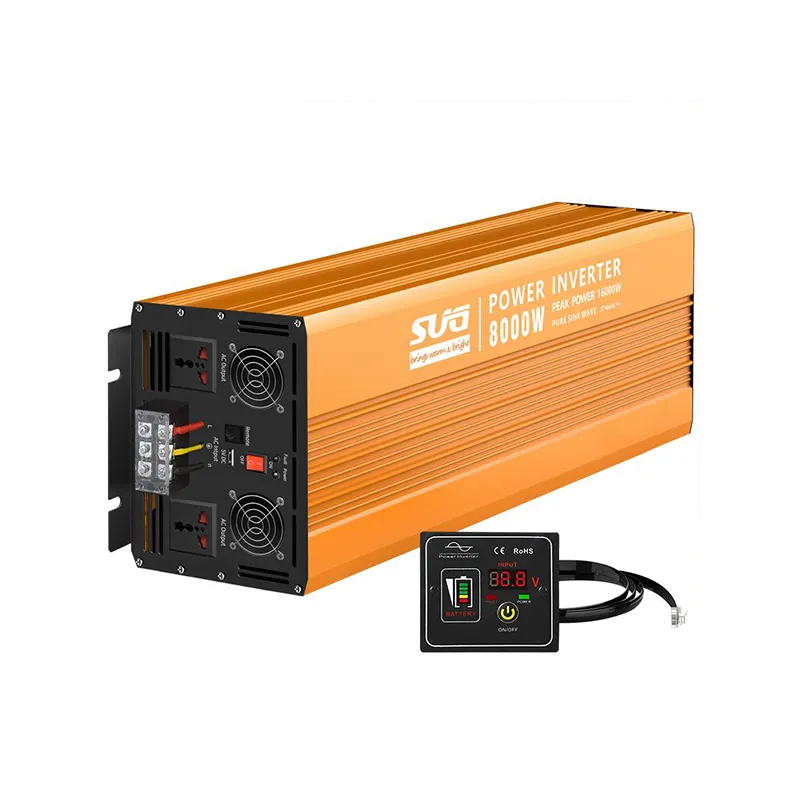DIY Guide to Installing Solar Panels on Your Own
Installing Solar Panels Yourself A Comprehensive Guide
As global awareness of climate change and environmental sustainability grows, more homeowners are considering renewable energy sources, particularly solar power. Installing solar panels can significantly reduce electricity bills, decrease carbon footprints, and even increase property value. While hiring professionals is a common approach, many tech-savvy individuals are choosing to install solar panels themselves. This article provides a comprehensive guide to installing solar panels on your own, highlighting essential considerations to ensure a successful installation.
Understanding Solar Panel Basics
Before diving into the installation process, it’s crucial to understand how solar panels work. Photovoltaic (PV) panels convert sunlight into electricity, which can be used to power your home or fed back into the grid. A typical solar system includes solar panels, an inverter to convert the direct current (DC) generated by the panels into alternating current (AC) used by home appliances, a mounting system, and wiring.
Assessing Your Home’s Suitability
1. Sunlight Exposure To harness solar energy effectively, your roof should receive ample sunlight throughout the day. Ideally, your roof should face south (in the Northern Hemisphere) and be free from obstructions such as trees or nearby buildings that could cast shadows on the panels.
2. Roof Condition Before installation, evaluate your roof's condition. It’s essential that your roof is in good shape, as solar panels can last 25 years or more. If your roof needs repairs or replacements, address these issues before proceeding with solar installation.
3. Local Regulations and Permits Check local zoning laws, building codes, and homeowners’ association (HOA) regulations. Many areas require permits before installing solar panels, and adhering to these regulations is crucial to avoid potential fines or complications in the future.
Planning Your Solar Array
Once you’ve established that your home is suitable, the next step is to design the solar array. Calculate your energy needs by reviewing your electricity bills and determining the average monthly consumption. This will help you decide how many panels you will need.
installing solar panels yourself

Purchasing Your Solar Panels
When it comes to buying solar panels, research is key. Look for reputable manufacturers and consider efficiency ratings, warranty periods, and customer reviews. Additionally, you’ll need to purchase the necessary accessories, including an inverter, mounting brackets, and electrical wiring.
Installation Process
1. Gather Tools and Safety Gear Ensure you have all the required tools, such as a drill, wrenches, and screwdrivers. Don’t forget to wear safety gear, including gloves and goggles, to protect yourself during the installation.
2. Mounting the Panels Start by installing the mounting brackets on the roof according to the manufacturer’s instructions. Ensure that they are securely anchored to the roof structure to withstand wind and weather conditions.
3. Install the Panels Once the mounting system is in place, carefully lift the solar panels and secure them to the brackets. Make sure they are oriented correctly to capture maximum sunlight.
4. Wiring Connect the panels to the inverter, adhering to the appropriate wiring diagram. This may involve working with high voltage, so exercise caution. If you’re unsure, consult with an electrician.
5. Final Connections Connect the inverter to your home’s electrical system. It’s advisable to have a professional inspect your work, especially when integrating the system with the utility grid.
Conclusion
While the DIY installation of solar panels can be a rewarding project, it requires careful planning, proper tools, and adherence to safety guidelines. This journey not only empowers you to harness renewable energy but also contributes to a more sustainable planet. If you feel uncertain at any stage of the process, do not hesitate to seek help from professionals to ensure a secure and efficient installation.
-
String Solar Inverter: The High-Efficiency Solution for Smart Solar EnergyNewsJul.14,2025
-
Revolutionizing Rooftop Energy with the Power of the Micro Solar InverterNewsJul.14,2025
-
Power Independence with Smart Off Grid Solar Inverter SolutionsNewsJul.14,2025
-
On Grid Solar Inverter: Powering the Future with Smart Grid IntegrationNewsJul.14,2025
-
Monocrystalline Solar Panels: High-Efficiency Power for the Future of Clean EnergyNewsJul.14,2025
-
Bifacial Solar Panel: A Smarter Investment for Next-Generation Energy SystemsNewsJul.14,2025







